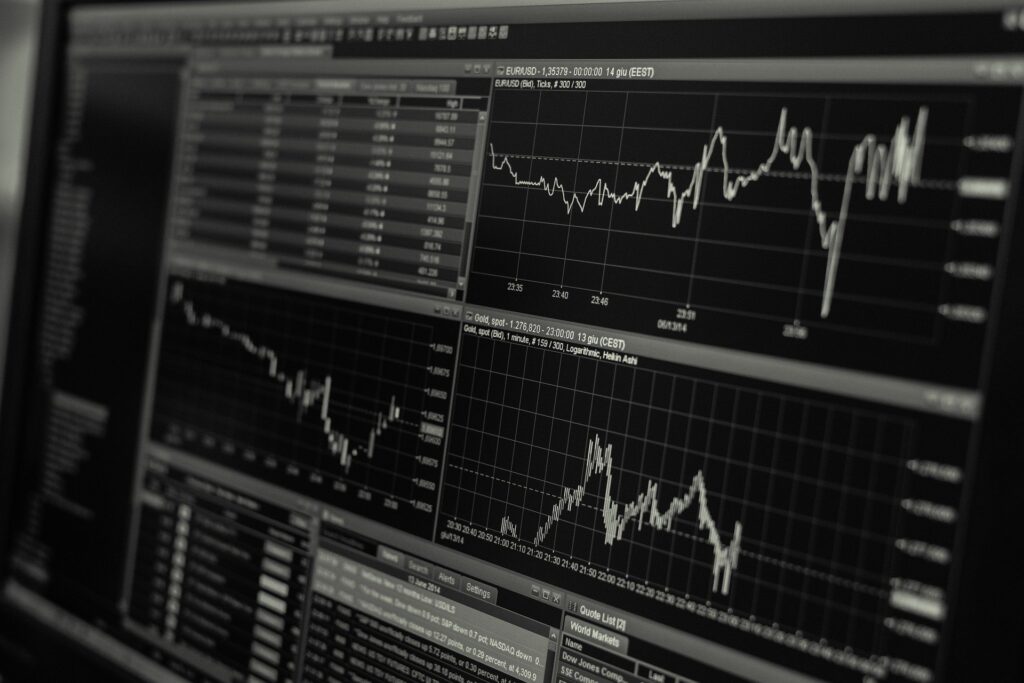Spot exchange rate for immediate spot trading
5 min read
Spot exchange rate has been gaining strong traction among veteran traders, especially since the last two years. Margin trading is probably the most common as it provides the window for higher profits while day trading also pulls in a long line of traders. However, both these trading options are mostly suitable for experienced traders. When it comes to new aspiring trades, spot exchange trading is a viable option. The most important thing that you need here is the right spot exchange rate- unlike other crypto trades, you don’t need to follow in-depth technical analysis to conduct the trade. Checkout more about spot exchange trading at Multibank.io.
How do you define spot exchange rate?
Well, we will get into the details of spot exchange rate but before that you should develop a clear understanding of spot trading.
Spot trading
Spot trading has been a popular trend in the traditional trading market since the historical times. From commodities to stocks, almost all the major assets can be spot traded. Cut to the 21st century, cryptocurrency is a new addition to the spot trading industry.
Spot trading, quite literally, implies trading on-the-spot. In this case, the traders execute trading based on the on-the-spot prices of the cryptos. The trade takes place immediately and the buyer has to make the payment upfront. In general, it takes 3 days (2 days + trading day) for the asset to reach the buyer in spot trading. But since the crypto trading market is open 24/7, the buyer is likely to receive the bought crypto on the same trading day only.
Spot exchange rate
Now, the spot rate can be defined as the current rate based on which spot traders conduct the trade. Put simply, it’s the rate at which the trader would exchange one crypto for another. In traditional trading markets, spot trading is generally settled with cash payments. However, the entire trading and payment transaction happens virtually.
You might ask about how to calculate the spot exchange rate?
Interestingly, the spot exchange rate does not need economic calculation. It’s because you do not need to make any prediction about the spot exchange rate. You will have to accept the current price offered by the market at the moment. If you don’t like the current price, you can drop the trade for the moment and come back later.
What determines the spot exchange rate?
In the traditional trading market, the spot exchange rate is influenced by a lot of factors. Government policies, changing economic conditions, policies followed by centralized institutions like banks, the protocols of the Forex market- are some of the factors that determine the spot rate.
However, things are slightly different with the spot exchange rate in the crypto sector. Highly unregulated, the crypto sector is not governed by the factors mentioned above. Thus, the spot exchange rate in the crypto sector is not affected or influenced by government policies or protocols followed by centralized institutions such as banks. On the other hand, spot exchange rate in crypto is mostly based on the equation of demand and supply of the cryptocurrencies.
It can be said that roughly two major factors can influence the spot exchange rate in the crypto sector. One is the supply of the crypto. For example, Bitcoin was introduced with a limited supply cap of 21 million. As of 2022, 19 million BTC are already in circulation and just 2 million are remaining. On the other hand, BTC is the #1 crypto, thereby commanding the highest demand in the market. Thus, it’s natural that BTC would show a high spot exchange rate.
The real-life application window of a crypto should be kept in mind while studying the spot exchange rate. If a coin assures a viable use case, it would automatically pull in increasing user attention and adoption. It will eventually lead to higher demand for the coin and this one factor would single-handedly shoot up the spot exchange rate of the coin.
Where to conduct spot exchange?
When it comes to spot exchange rate trading, the most popular platform is a crypto exchange.
The exchanges generally offer a highly professional trading environment with a user-friendly dashboard. You might or might not have to pay trading fees to the exchange, depending on the exchange you choose. A lot of exchanges today do not charge fees for spot exchange rate trading. If your chosen exchange charges a fee, it would be something around 0.5%. So, if the total value of a transaction is around $200, the trader would have to pay around $1 as trading fee to that crypto exchange. In fact, some of the exchanges also offer tiered pricing so that you can choose a trading fee based on your specifics.
Crypto exchanges are not the only place where you can execute spot exchange rate trading. Some traditional trading brokers allow spot trading in crypto as well. On the other hand, you have P2P crypto trading platforms where you can perform spot trading.
Benefits of spot exchange trading
There are several benefits of spot exchange trading of crypto.
Easy trade
Spot exchange rate trading is probably the most convenient trading method not just in crypto but in the traditional trading sector as well. it does not need you to conduct elaborate research and all you need here is the basic trading knowledge- and right information about spot exchange rate of your chosen asset.
Ability for negotiation
Spot trading enables traders to negotiate and settle a price that is the most convenient both for the buyer and seller.
Safe from price fluctuations in future
In spot exchange rate trading, you are safe from the price fluctuations in future- a major problem with forward trading. In this case, you just focus on the current spot exchange rate. Now, you might ask what if the price rises in future. Well, in that case too, you have nothing to lose. But, what if the market ends up in a crash in the coming few months? In that case, the loss would be disastrous. Spot trading saves you from such catastrophic losses that are not uncommon in the wildly volatile crypto sector.






